
Rice bowls? It's too mainstream, which is usually filled with beef or other types of sea fish. How about noodle bowls? It's also common for us to find it on lunch menus. So, how about the taro bowl? Let's we see!
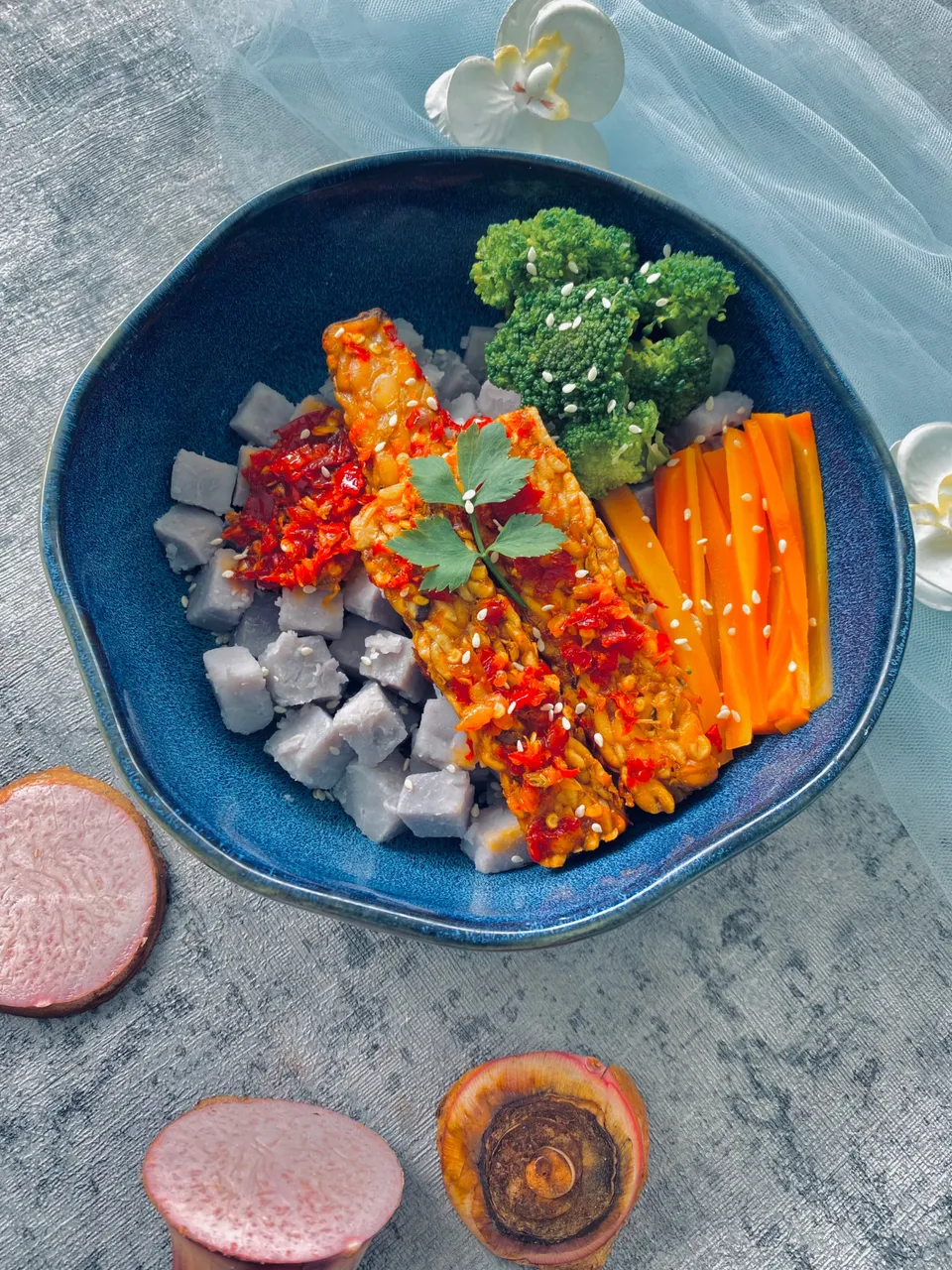
Living hostile to rice is not easy. Being overshadowed by a lineage that has a history of diabetes makes me have to continue to pay attention to carbohydrate intake. Mainly, I have to make my carb intake have a low glycemic index.
To overcome my hatred for rice, I usually look for alternatives to rice. I often combine various rice substitutes, such as sweet potato and potato.
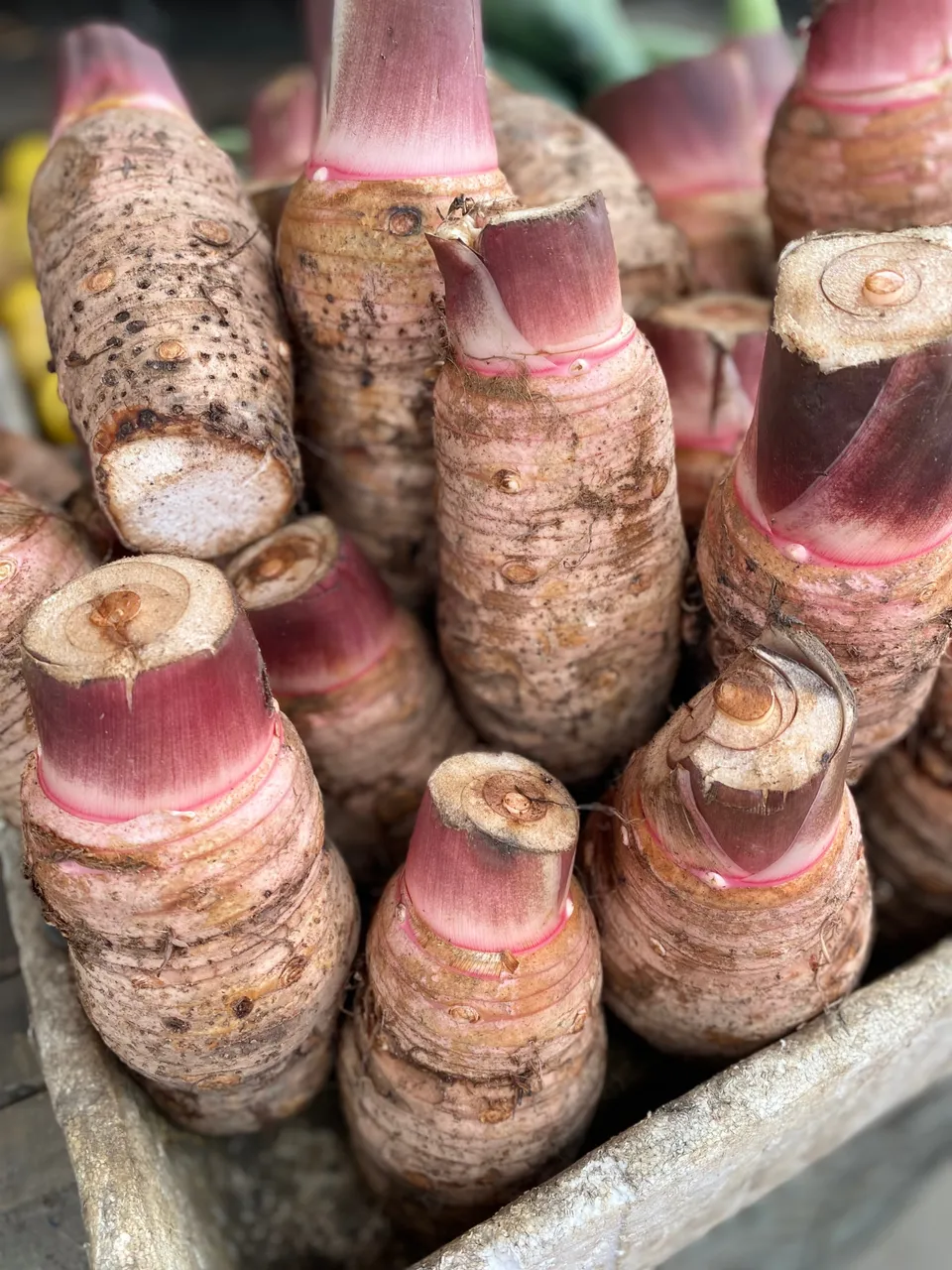
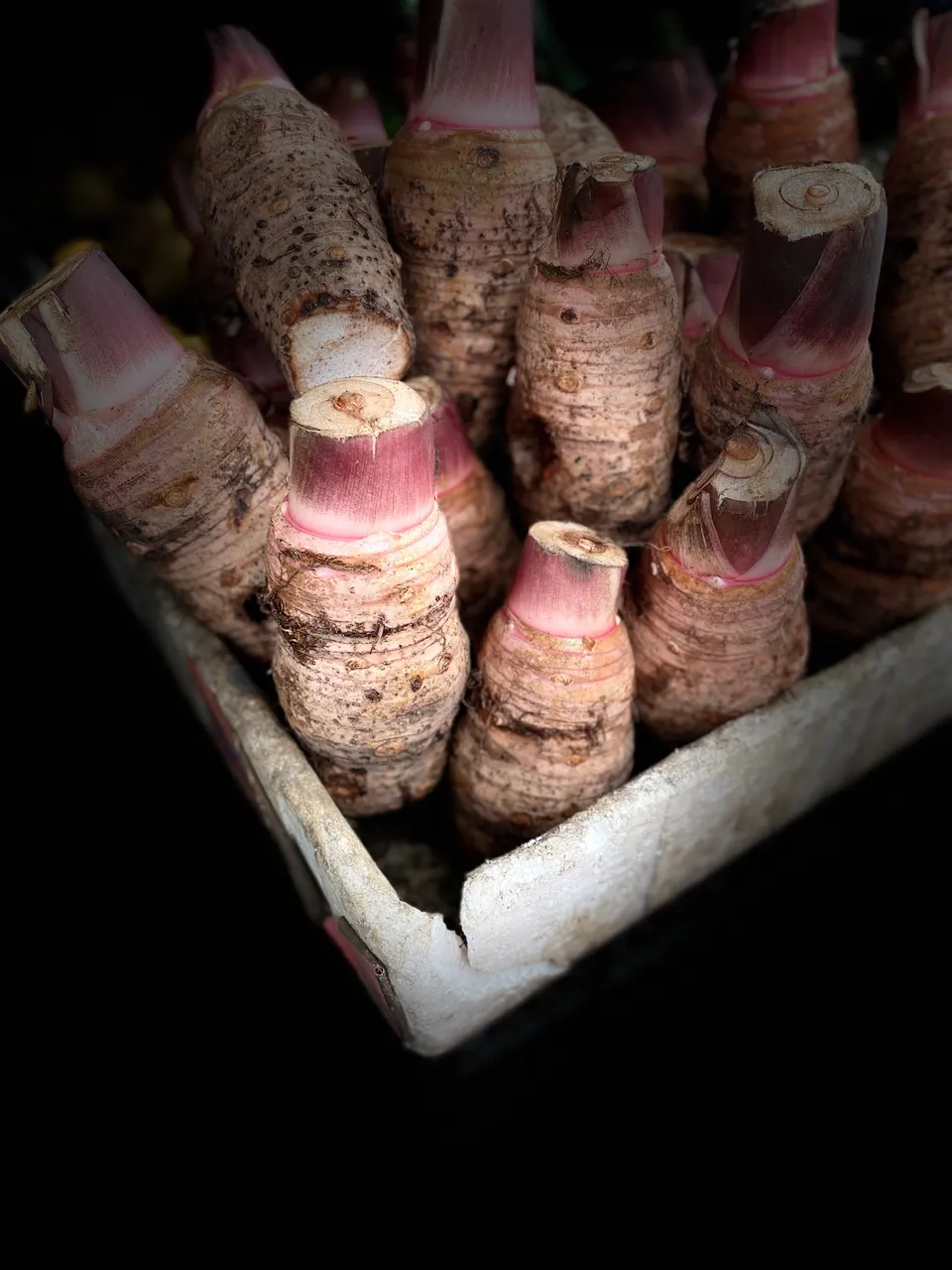
This time I tried a new ingredient, taro. The main reason is that nowadays I can easily find supplies of taro in the local market. Although, the price of taro is more expensive than the sweet potato. Hunting taro at a local market turned out to be quite fun. This activity also provides new insight for me. I know the difference between yam and taro. I used to think yam was the same as taro.
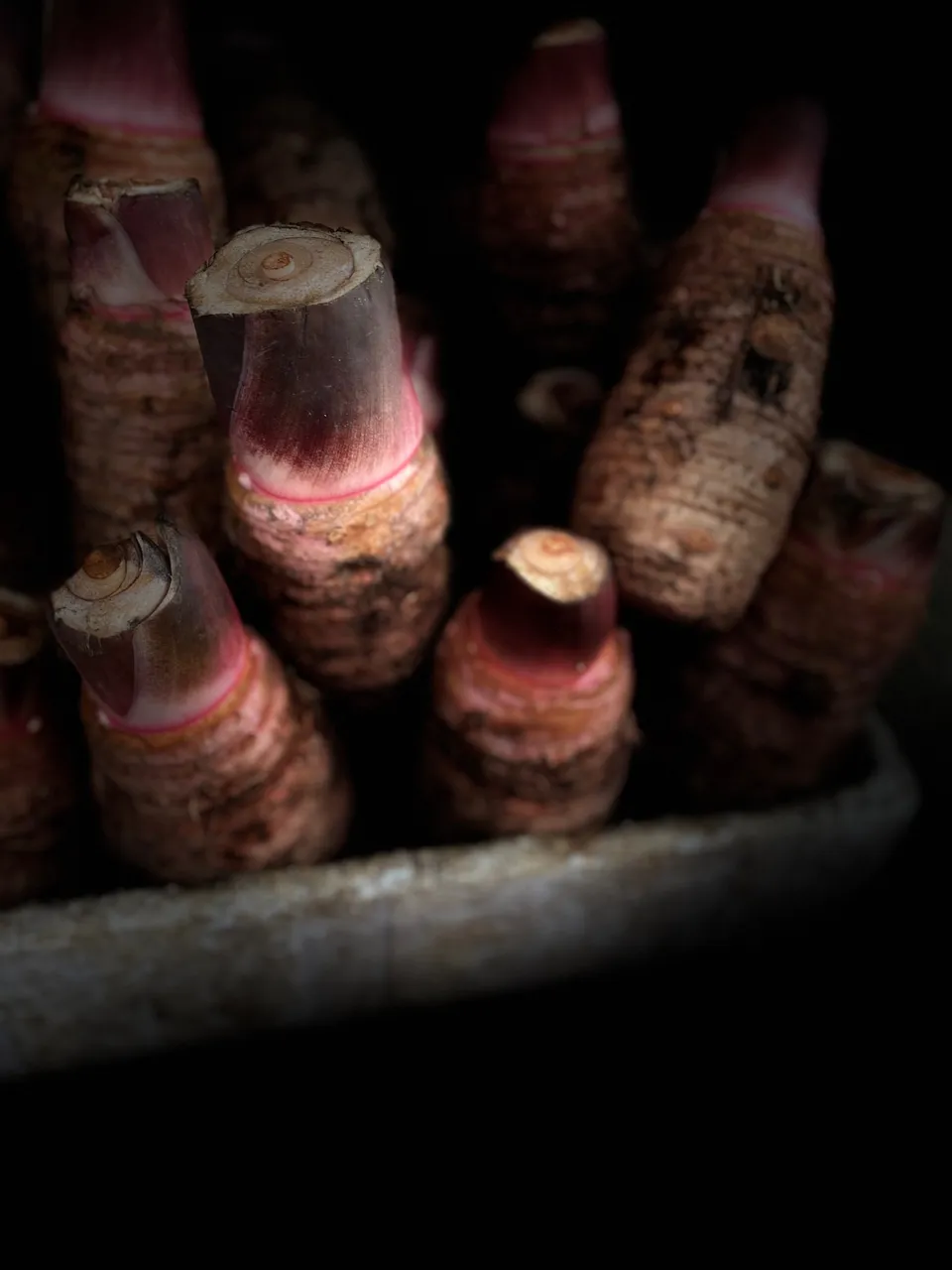
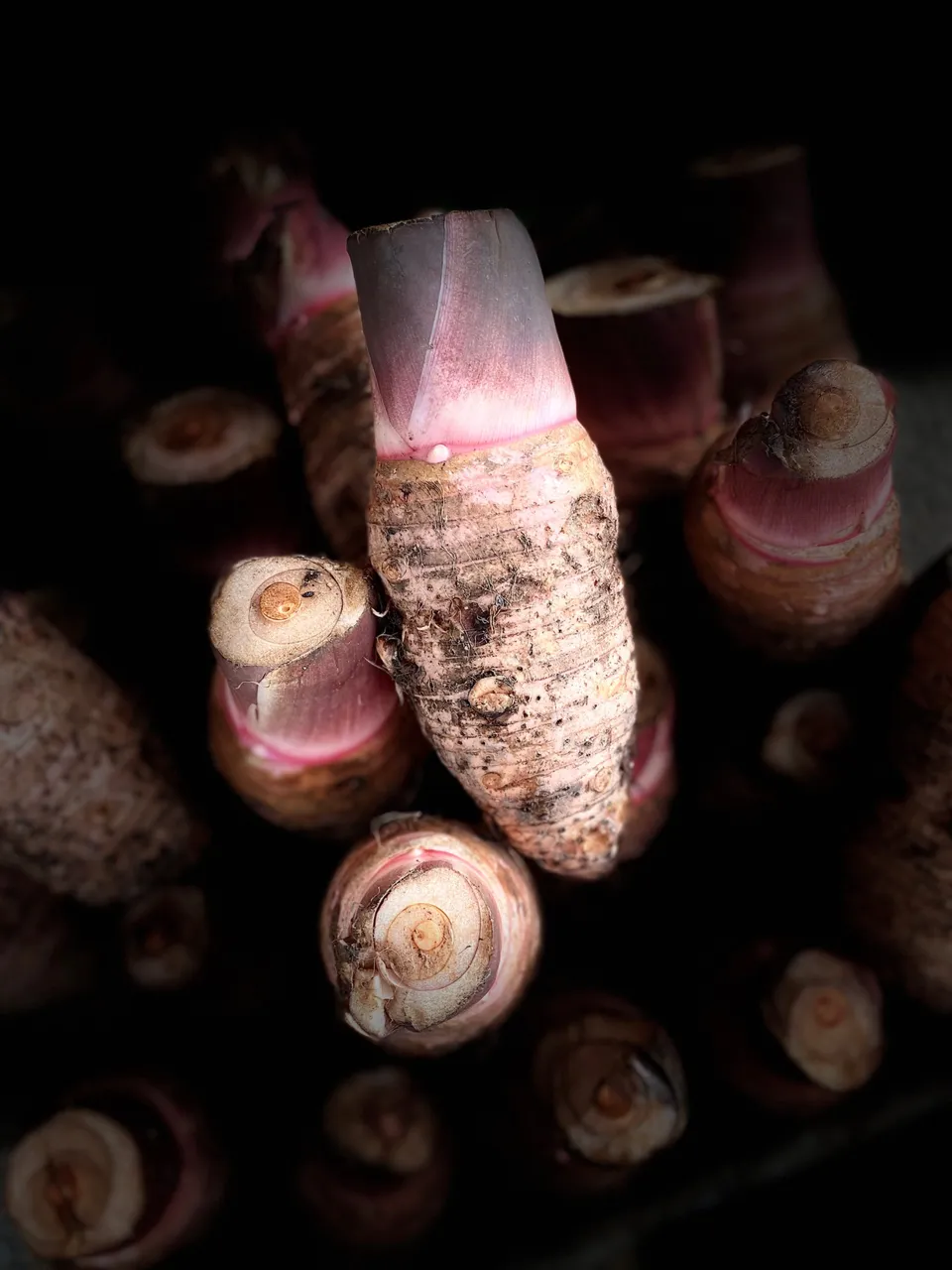

As it turns out, yam and taro are different. The size of the yam tends to be smaller. For taro, the taste and texture are better than for yam. That's why the taro has a higher price compared to the yam itself.
After buying taro from the local market, I also had the idea of making a taro bowl as a substitute for my rice menu. As a complement, I use tempeh, broccoli, and carrots. I want there are various types of healthy ingredients in the bowl that I serve.
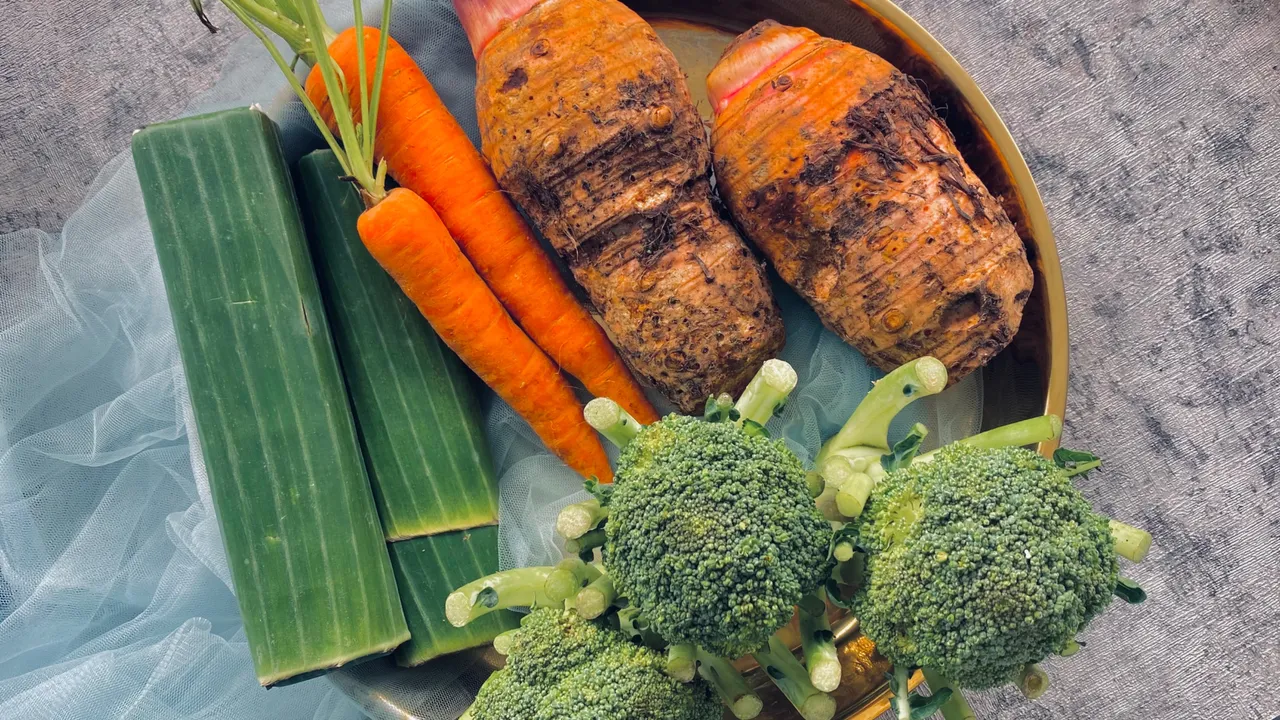
BOILED TARO
Just like preparing rice, taro must also be prepared in advance because it takes the longest time compared to preparing and cooking other ingredients.
Here I serve taro by boiling. You can also steam the taros, or if you want a smokey effect, you can bake them in the oven or air fryer (but I recommend boiling them for a while and then baking them so they can get the right level of doneness and texture).
First, peel the taro. Use gloves so that the taro sap does not make your hands itchy. Then, cut it into cubes.
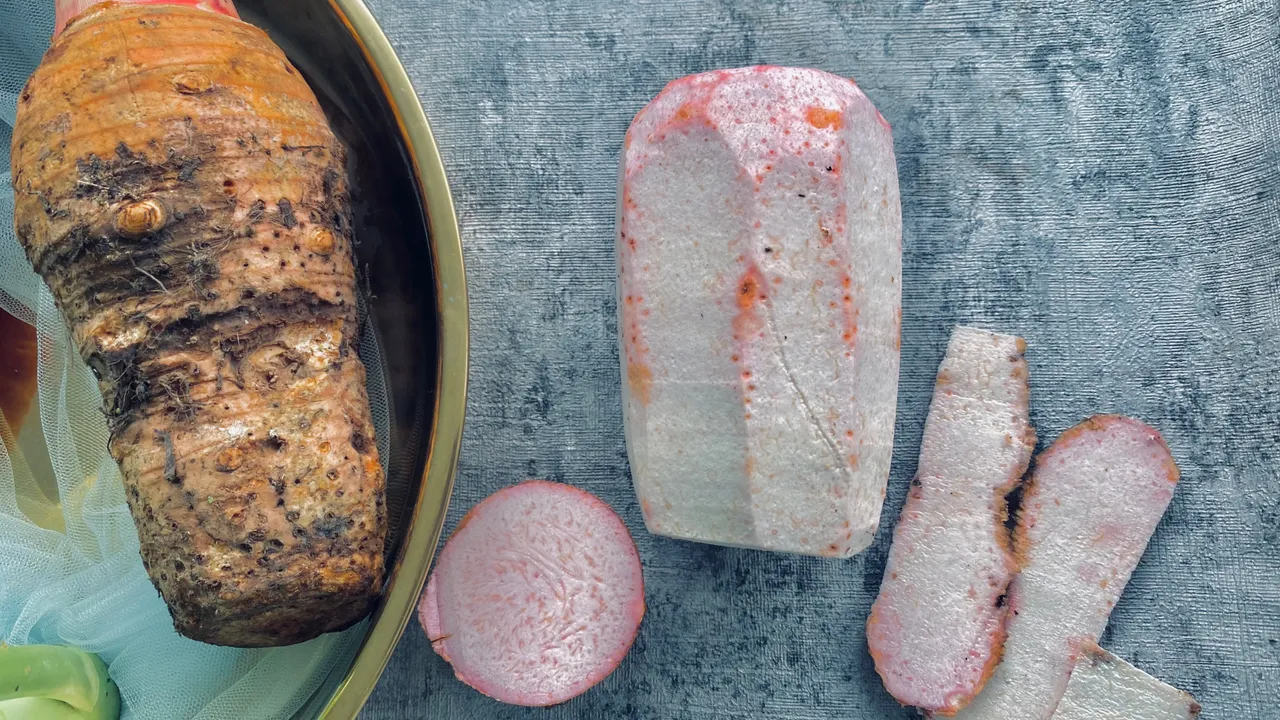

After the taro is cut into cubes, wash them several times, until there is no more sap on the taro surface, or it no longer feels slippery when held.
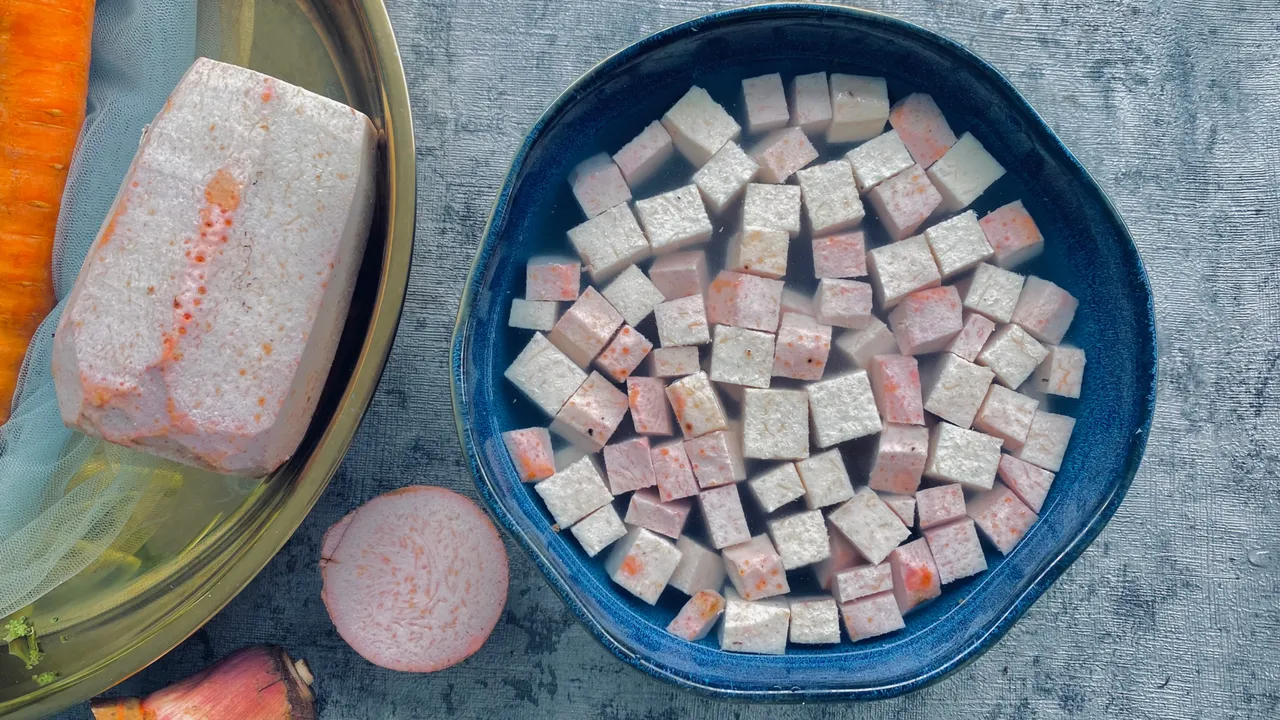
After washing, soak the taro pieces in salt water for at least 30 minutes. This is to relieve itching so it is safe for consumption.
After soaking, wash again and then boil the taro for 20 minutes with a pinch of salt. Use a little more water so the taro doesn't get too salty.

SPICY TEMPEH
While waiting for the taro to be boiled, I prepared the spicy tempeh. Tempeh slices of medium size, and not too thin.

Then fry the slices of tempeh with a little oil, do not use the deep fry method. Just a little oil in the pan is enough. Don't forget to flip the tempeh sides so they cook evenly.
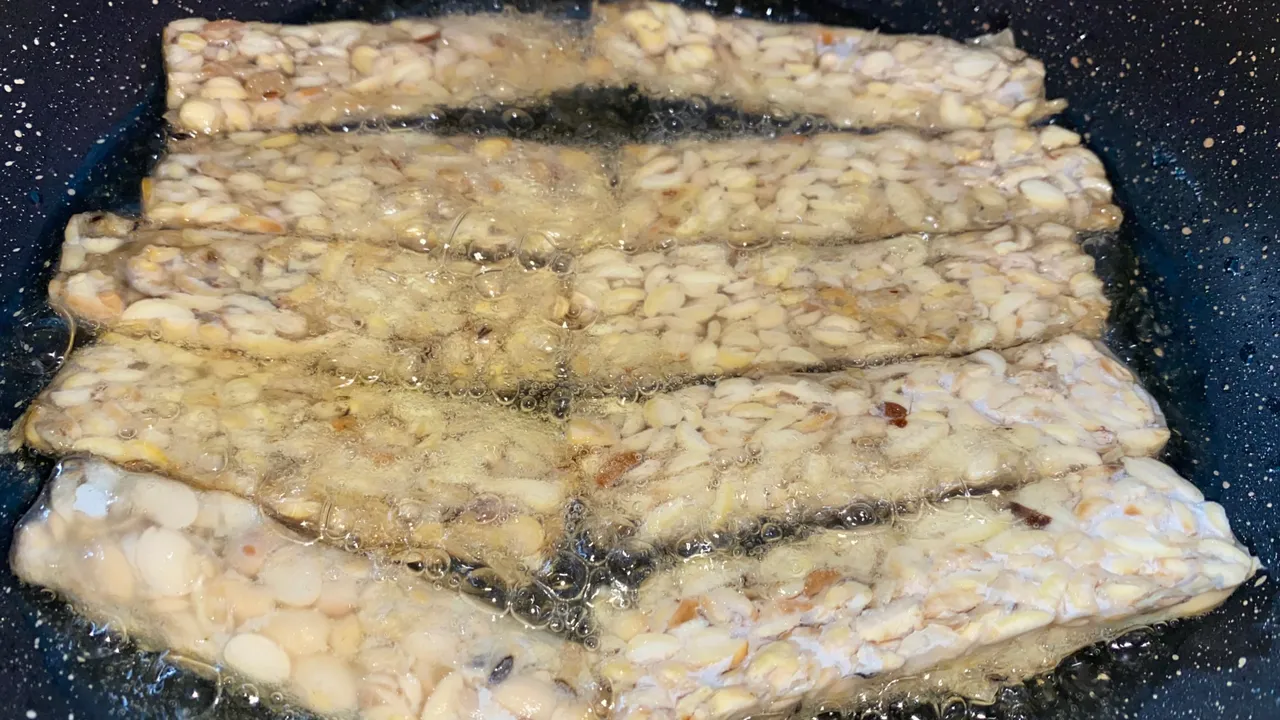
While frying tempeh, I quickly prepared the seasoning. I grind the chilies, onions and garlic using a pestle and mortar. You can use a blender or food processor.

Since I used quite a lot of chilies, I had to be careful not to spill them on my manual equipment. I added a sprinkling of salt to the chili. Oh, the chili paste looks so spicy. Do you dare to try it?
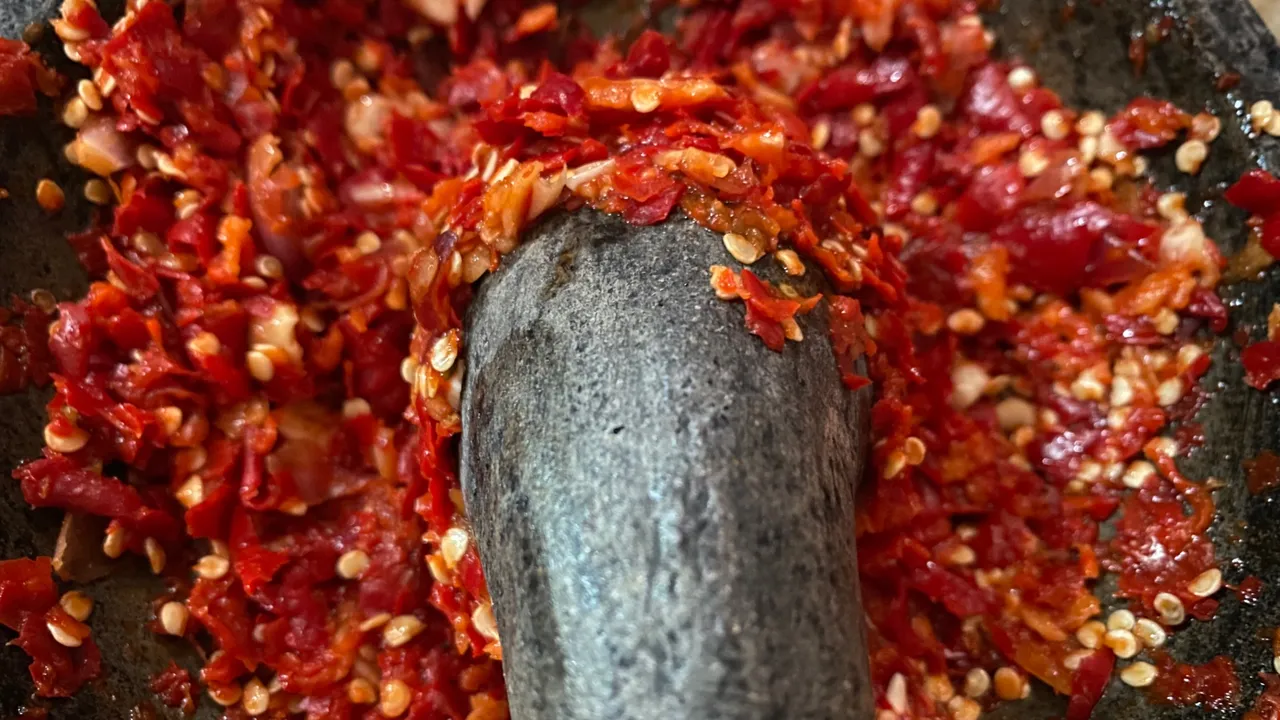
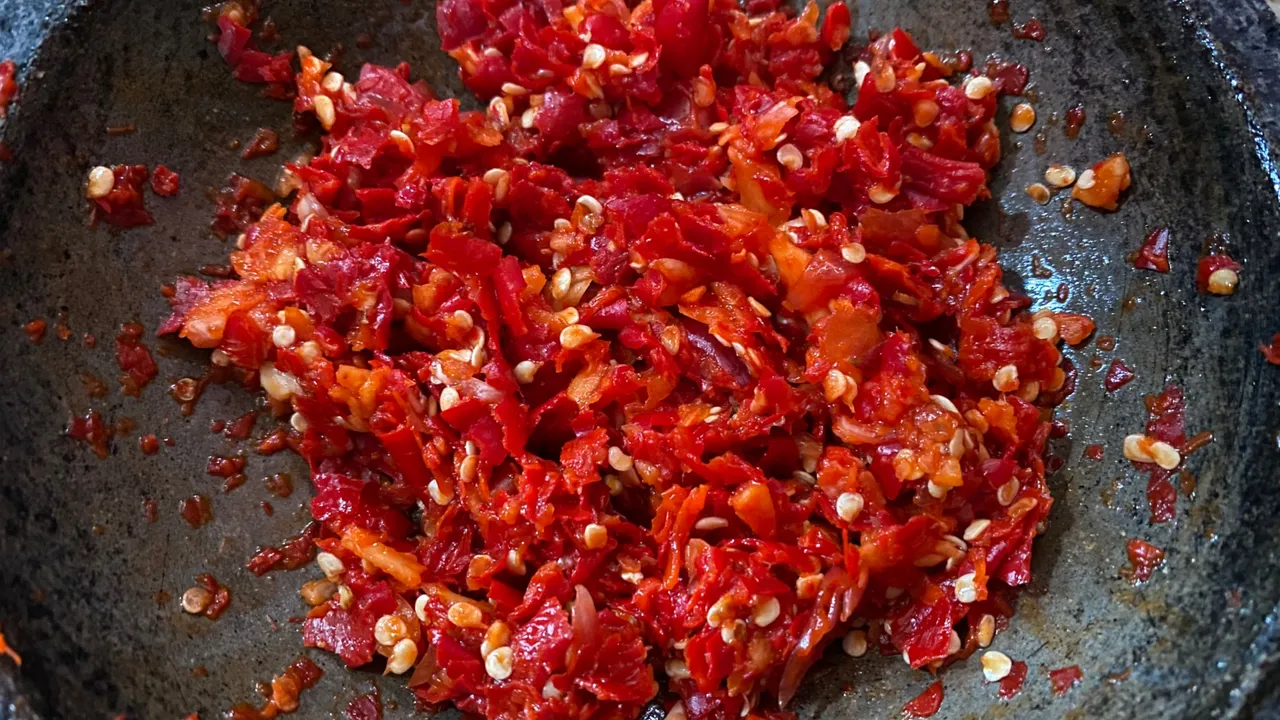
Finish frying the tempeh and prepare the chili paste, then heat the oil. Then stir-fry chili paste with herbs (I used kaffir lime leaves which give the chili paste a nice smell).
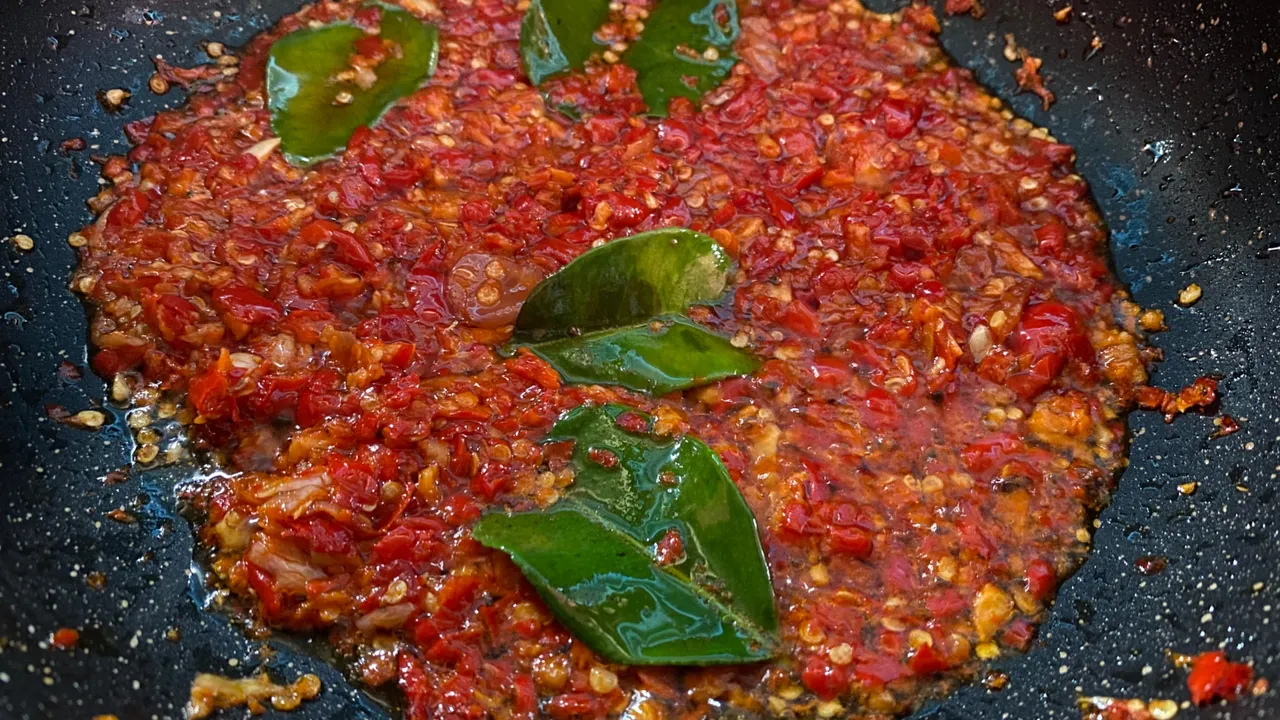
Keep stirring until the chili paste doesn't smell too bad and until the chili flakes look wilted. After that, then add the fried tempeh, cook for a while until the chili paste is absorbed into the tempeh, and remove from heat.
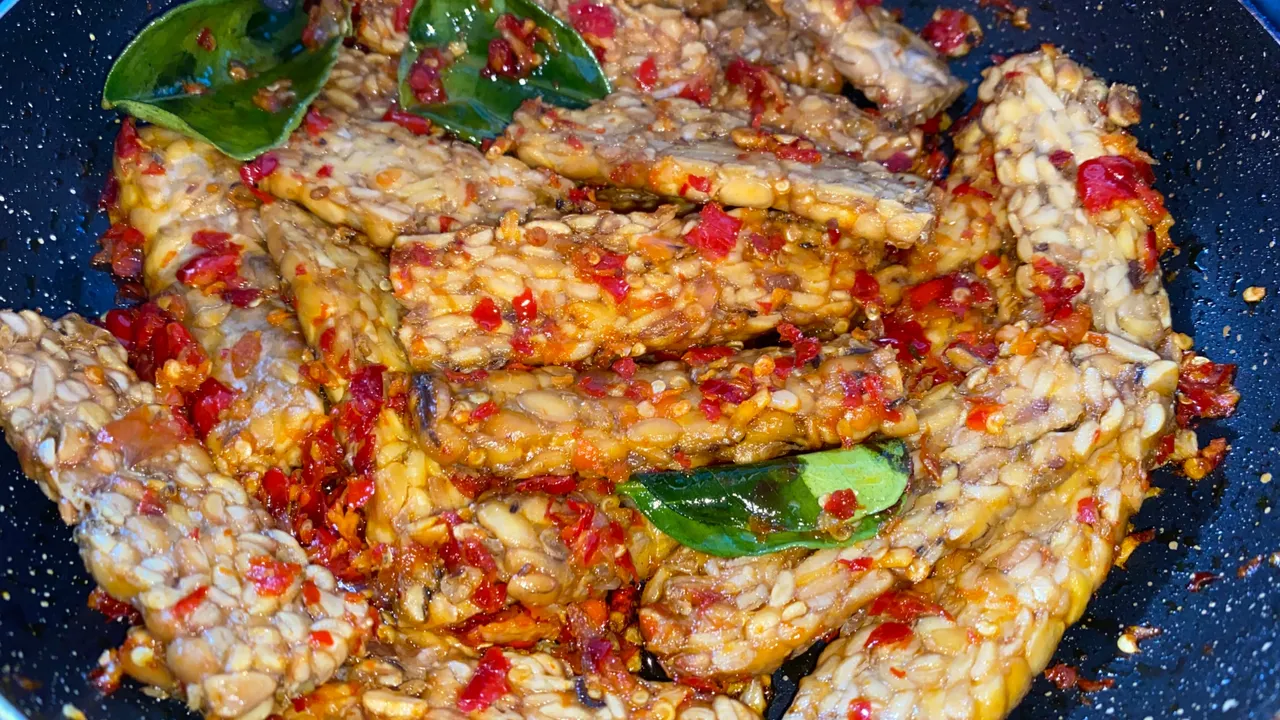
BOILED VEGGIES
No veggies? Absolutely no life? Ehehe. This time I used carrots and broccoli. I boil broccoli and carrots at the same time.
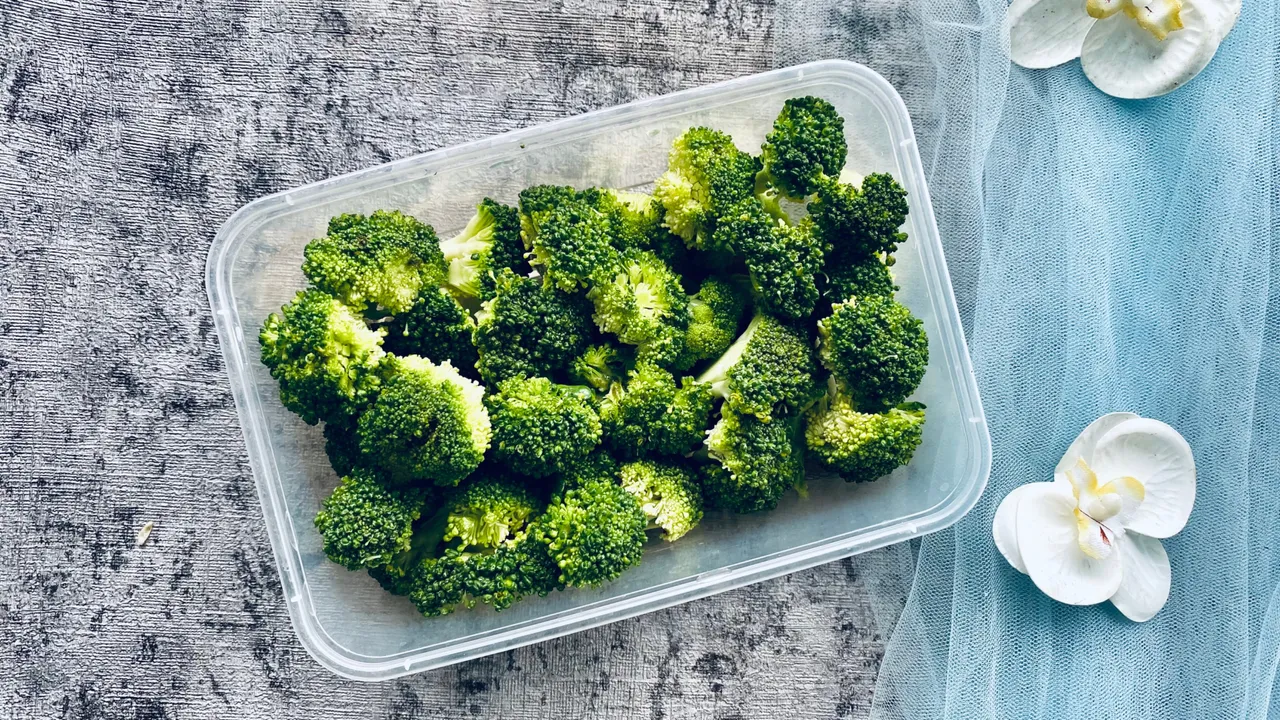
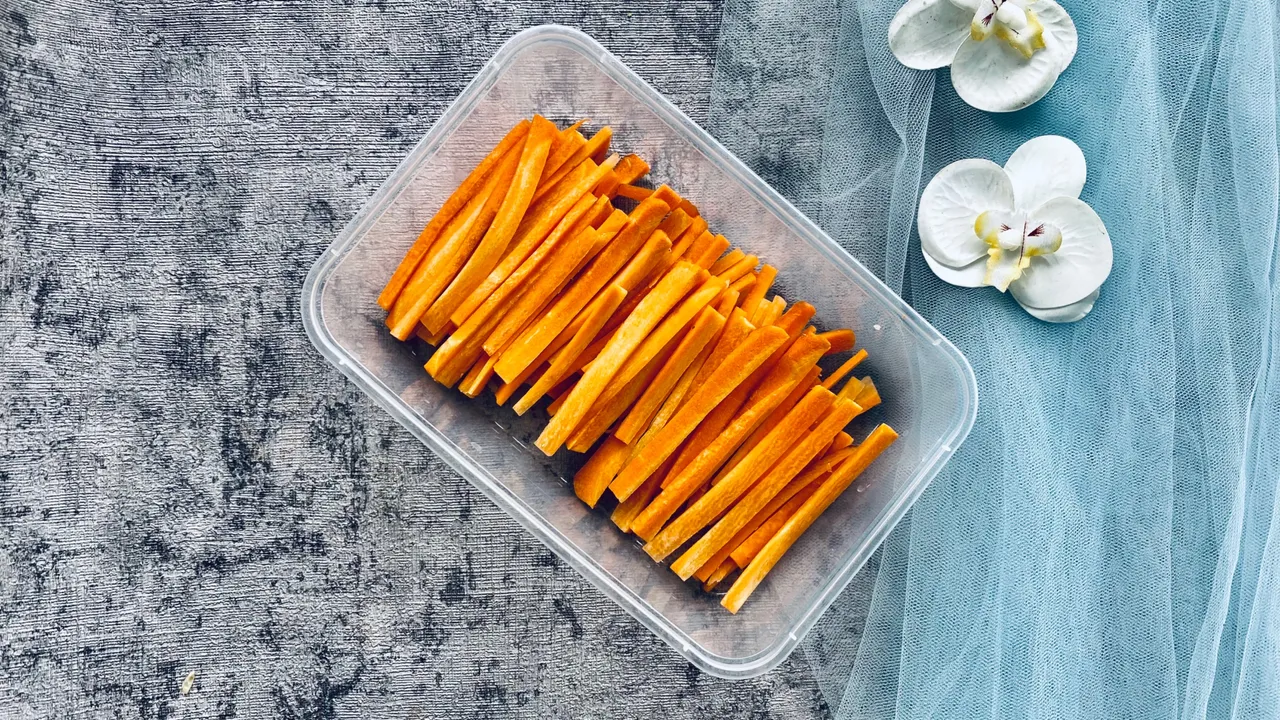
For timing, I used 8 minutes because my fire source was small enough at the time so it took longer than normal time.
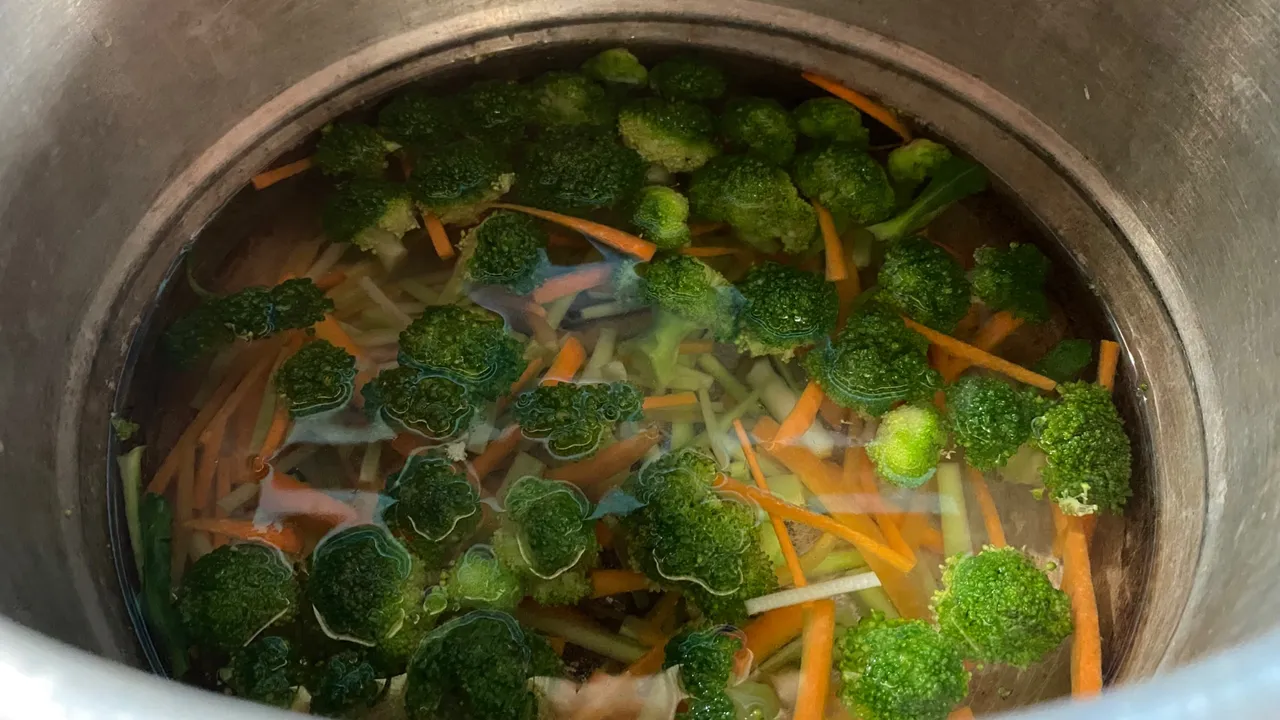
when everything is cooked, serve it in a bowl to eat together. First, arrange the boiled taro, then followed by the spicy tempeh and boiled vegetables.

The boiled taro version in my opinion is lighter than using sweet potatoes which have a slightly sweet taste. So if you avoid the slightly sweet taste, for example from sweet potatoes, and want to try it besides potato, you can try taro for a healthier alternative. What do you think?
Thank you for reading my blog and reblog if you want my blog this time worthy of reading by others.


Best Regards,
Anggrek Lestari

Anggrek Lestari is an Indonesian fiction writer who has published two major books. Now She is a full-time content creator. She has a goal to share life, poem, and food content that makes others happy and can get inspiration.
Contact Person: authoranggreklestari@gmail.com
Discord: anggreklestari#3009
